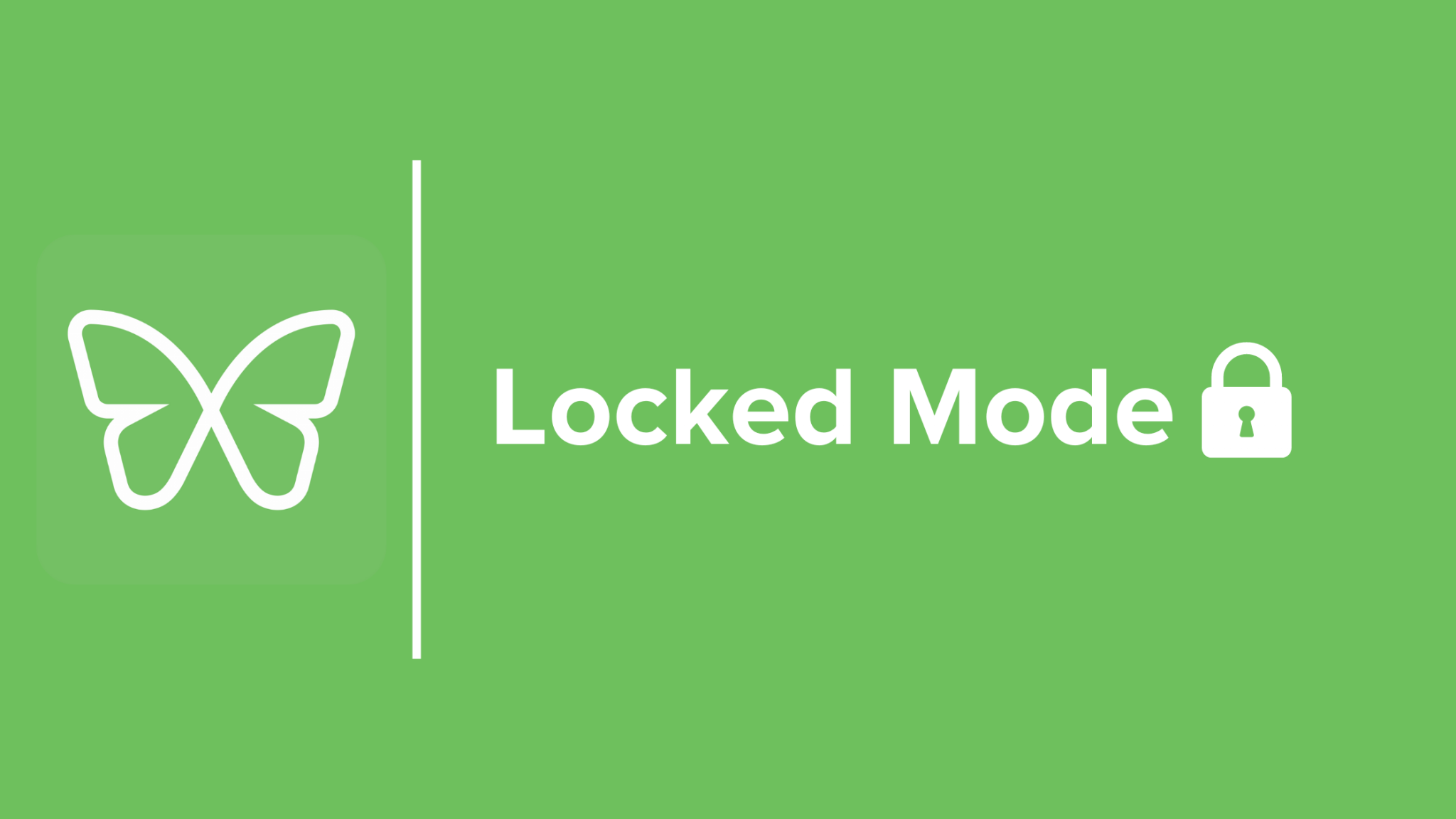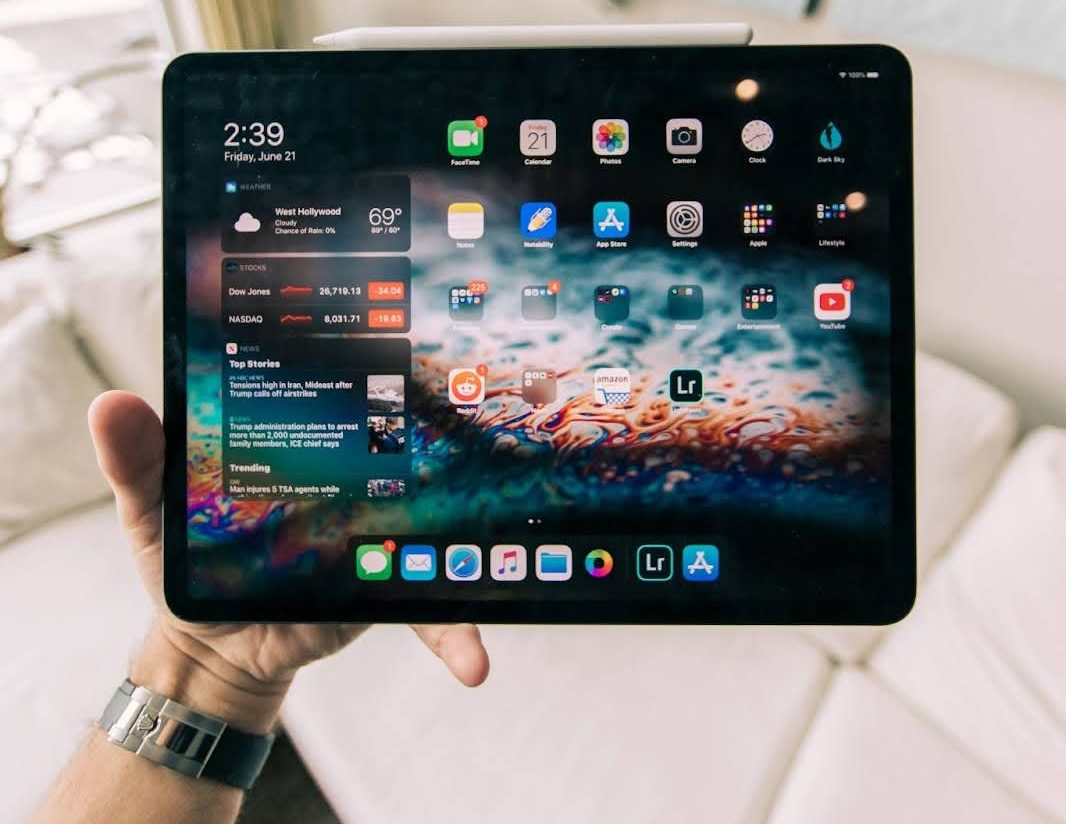Addicted to Learning: Replacing Social Media with Productive Learning Habits

Do you ever feel like when there’s something you need to accomplish, somehow your social media networks become more appealing than ever? This isn’t by a weakness of will; these apps are specifically designed to encourage compulsive use through a series of mechanisms that dispense a steady stream of dopamine. These short bursts of pleasure can feel addictive, but in the end, they can impact your productivity, relationships, and quality of life.
But what if you could use these same mechanisms to become addicted to learning? This is what Duolingo co-founder Luis von Ahn aims to do with the free language learning app. He found many strategies that social media networks implement are just as effective in encouraging users to continue learning a language. So let’s dive into the idea of how to hack your brain to build healthy habits that will send you pops of dopamine that inspire you to keep going!
The Compulsive Nature of Social Media vs. Learning Habits
Social media feeds your desire for instant gratification and utilizes features like endless scrolling, accurate algorithms, the fear of missing out, and notifications to keep you compulsively returning to these apps. While these platforms provide a powerful way to connect with others worldwide, overuse can lead you to become too easily distracted from present matters.
Dopamine doesn’t have to be the villain here. Whenever you engage in a subject that is genuinely interesting, your brain also emits dopamine. However, it can take time to sense tangible results when learning a new subject, so many struggle with the challenges of delayed gratification, long-term engagement, and focused attention.
But you can easily break the long-term commitment of learning a language, instrument, or skill into bite-sized lessons that also build self-motivation to continue your progress. Here’s how von Ahn did it with his app.
Duolingo’s Strategies
Von Ahn developed Duolingo to make language learning more accessible to people worldwide. As an immigrant from Guatemala, learning English opened educational and work opportunities, and he’s passionate about creating that resource for others. There are more people learning languages on Duolingo in the United States than there are people learning languages across all US high schools combined. In a TED Talk where he announced the launch of Math and Music subjects on the application, von Ahn described a few tactics used to encourage compulsive learning habits in users.
“Smartphones come equipped with some of the most addictive drugs that humanity has ever engineered: TikTok, Instagram, mobile games,” von Ahn said. “Delivering education over a smartphone is like hoping that people will eat their broccoli, but right next to it, you put the most delicious dessert ever made… The way we’ve done this is by making the broccoli taste like dessert. We’ve used the same psychological techniques that apps like Instagram, TikTok or mobile games use to keep people engaged, but in this case, we use them to keep people engaged but with education.”
Streaks
A streak measures the number of days you engage with the app consecutively. “People don’t want to lose their streak,” von Ahn said. “Streaks have been criticized for getting teens addicted to Snapchat, but in the case of an educational app, streaks get people to come back to study every day. In the case of Duolingo, we have over three million daily active users that have a streak longer than 365.”
Notifications
“Notifications can be really spammy and annoying, but in the case of an educational product, people actually want to be reminded to learn,” said von Ahn. Duolingo sends a daily notification to users each day at the exact time they opened the app to learn the day before. These daily notifications have even given rise to internet memes about the owl mascot’s pushy presence. Considering many people live with set routines, if you had free time to learn yesterday, you’ll likely have the same window of time today.
Gamification
Duolingo utilizes elements of gamification to maintain high user engagement. With the completion of each lesson or quest, users earn points, unlock levels, and win virtual awards. This hacks motivation-and-reward psychology to encourage longer app usage to earn more points and advance to the next level. The completion of a group of lessons or daily quests also results in 15 minutes of double points to keep users engaged.
Microlearning
Each lesson only takes two to five minutes to complete. These manageable chunks allow users to progress even in a bite-sized session. The repetition of the vocabulary over time helps users turn the practice into a micro habit with even the busiest daily routine.
Social Learning
Like social media, Duolingo users can connect with friends and family to complete challenges together and send each other high fives to create a motivating sense of community. Users are also able to compete on leaderboards, and the slight sense of competition proves to be highly motivating for several users.
So how can you incorporate these aspects into your own educational journey?
Shifting from Social Media Addiction to Learning
If you notice that you tend to use social media compulsively, it’s time to implement a few strategies to replace your social media time with positive learning habits. Here are some of our favorites to make the broccoli taste like dessert:
- Set Specific Learning Goals: What is something you have wanted to learn? Do you want to learn how to code? Knit sweaters? Flip furniture? Give yourself some specific objectives that will help you channel your energy. For example, each month you learn one knitting stitch and create an item using that stitch.
- Build a Schedule: Dedicate time to learn that activity, ideally around the time you would normally spend being on social media. Whether you choose to microlearn on a daily basis or set aside 3 hours of lessons each week, do your best to stick to your dedicated learning time. Consistency is key.
- Create a Learning Environment: Designate a specific space in your home for this activity; ideally, it would be a different spot from where you normally do work and can keep outside distractions at a minimum.
- Find a Guide: Whether you decide to attend a community college drawing class, rent a book from your local library, hire a tutor for voice lessons, or follow YouTube tutorials for building yurts, having some kind of teacher will guide you through your first steps in learning something new. There are plenty of educational learning apps beyond Duolingo which also make learning an interactive experience.
- Gamify Your Learning: If you’re learning on an app, it’s likely they already incorporate rewards for completing tasks. But without that built-in reward, you have to create your own. Treat yourself when you accomplish goals. This positive reinforcement will allow you to create extra positive connections that give you double the dopamine.
- Be Part of Learning Community: If you’re looking for a more social aspect, find ways to join local meetups or online subreddits. Making connections with other students of your craft can help you find peers to motivate and encourage each other.
- Track Your Progress: Create tools that help you visualize your growth. Several learning platforms or applications offer dashboards and trackers that can help you see just how far you’ve come and stay committed to learning. It’s your own streak you’ll want to maintain!
- Limit Social Media: During this process, stay mindful of how often you compulsively gravitate back to social media. It will take time to break these habits, so consider using digital wellness apps that block your usage during certain hours, such as Freedom, which is an app that lets you create customized blocklists of distracting sites and apps on both your phone and computer. This can help embark on a social media detox so you can learn without distraction.
- Replace Social Media: When you feel the pull of social platforms, redirect your attention to educational content surrounding your topic of learning, such as online courses, YouTube channels, or engaging articles.
As you embark on this journey of learning, give yourself patience, grace, and space to fall off track and get back on again. Learning a new skill or hobby can feel challenging at times, but continue following your passion and enjoy the process of growth itself.
Leveraging the Process of Learning for Life Success
As you embark on a process of learning, prioritize the joy of discovery and curiosity more than the end result of a “good” outcome. Maintaining an open mind ready to embrace making mistakes and perhaps not being great at something new are something you can apply to all facets of life. In fact, there are many ways you can achieve different types of success from continuous learning. The most obvious outcome is your acquisition of new knowledge and skills. Here are a few you’ll pick up on the way:
- Being a productive learner requires you to develop efficient time management so you can organize learning sessions, set goals, and prioritize tasks.
- When you engage with a series of educational materials and set the course for your own learning pace, you encourage adaptability to the unexpected changes that may arise in your life. Absorbing new teachings also keeps your mind open to listening to other perspectives.
- Learning new skills often goes hand-in-hand with problem-solving, whether you’re implementing the correct hand posture for painting, absorbing the music theory of intervals, or understanding why your spinach wilted in the sun.
- All these skills can be applied to career and professional development. Perhaps learning a new skill will spark inspiration to change your role, feel confident to apply for a promotion, or try for a new field of work altogether.
- Most importantly, when you align your personal interests with whatever you decide to learn, the sense of purpose and fulfillment that enters your life can contribute to an overall higher sense of health and well-being.
Fun and Engaging Learning Platforms Beyond Social Media
So where can you start your learning addiction? Besides using Duolingo for math, music theory, and languages, YouTube is another great resource for having tons of tutorials across a wide range of subjects. Here are a few more favorites that may help you pick up a new skill:
- Khan Academy: Users can learn about an enormous range of different topics, including math skills, biology, chemistry, medicine, history, economics, art, computer programming languages, writing skills, and much more on this website.
- Coursera: This app is focused on teaching career skills to users who can earn certificates that can help them stand out in the job hunt. There are few free courses but purchasing a membership will allow you to access the full range of courses.
- TED: The world-renowned hub of TED Talks has an application that has videos of all its talks, deep dive podcasts, and instructional videos across a wide range of topics. This is a great way to diversify your sources of knowledge.
If you find yourself dragging your feet in a certain course, take a break. You can always start something different that piques your interest more. The more you enjoy learning, the more likely it will be a sustainable habit you return to.
Embrace a Learning-Centric Lifestyle
It’s time to release compulsive social media use and become addicted to the joy of learning by hacking your brain’s dopamine. Becoming how you spend your time can lead you to thoughtfully consider something you’d like to learn and find the initiative to follow through. As you begin replacing your social media habits, tools like Freedom can eliminate distractions to help you stay focused on your goals.
As you begin to learn a new skill, you’ll find yourself sharpening your sense of problem-solving, critical thinking, and time management, among others. Embracing a sense of lifelong curiosity will lead you down new paths of personal growth that may earn you job promotions, discover a new passion, create friendships, and provide you with fulfillment and purpose.
Written by Lorena Bally


